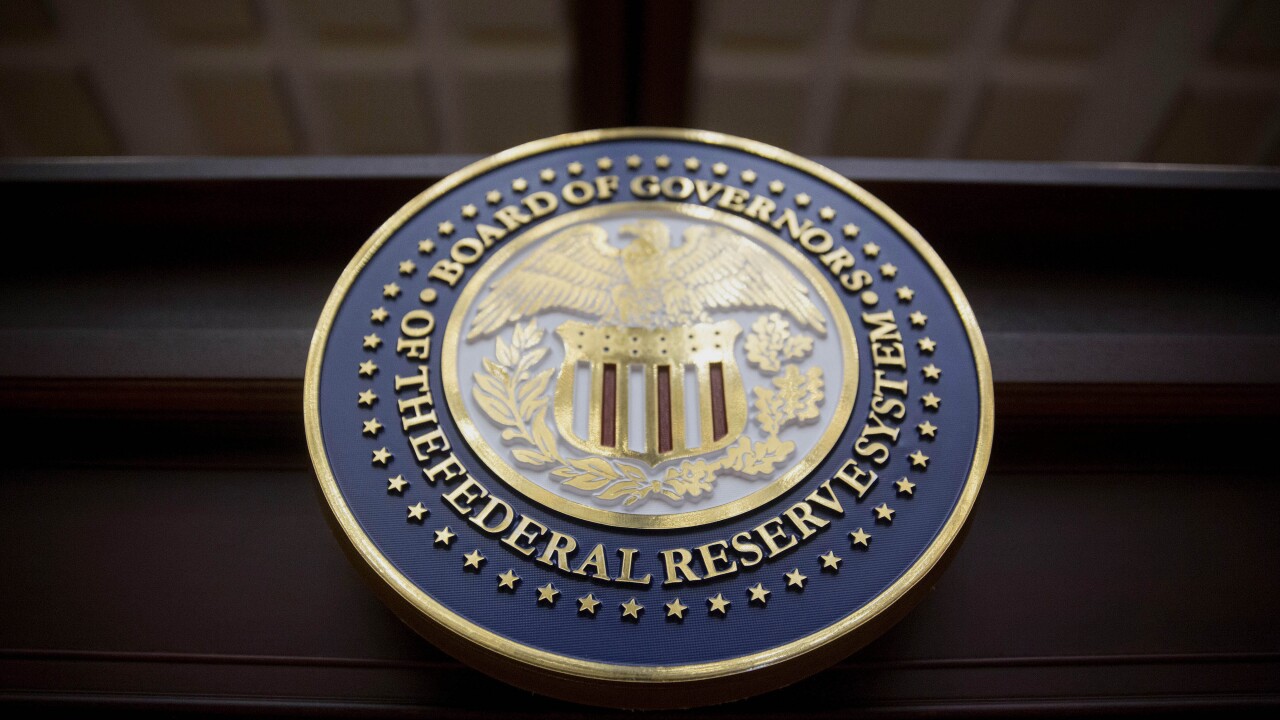Banking industry executives struggle with strategic planning during volatile industry conditions. Devising sound strategies that accommodate the unknowable can be frustrating. To quote Yogi Berra, "the future ain't what it used to be."
Corporate planners tend to make one of two grave strategy errors. They either try to envision a single, "most likely" future and plan for it alone, or they dismiss all future conditions and "assume away" anything that represents a challenge to a preferred business direction.
Scenario planning offers a remedy. It is an approach that asks business leaders to hedge their bets across multiple future industry conditions. Scenario planning forces executives to consider a range of future industry "worlds" in which industry players behave and position differently. Consider two scenarios. Each describes widely divergent visions. It's easy to see how either scenario may emerge from today's banking industry environment. In reading each scenario, ask, "What would my company have to do to succeed in this world?"
Boston, MA, October 1, 2011: Despite the hype around "financial services supermarkets," "mass affluent consumers" and "convergence," the financial services industry today seems to be a throwback to simpler times. Consumers today want simplicity and security in their financial products and services and accessibility in their distribution channels.
A recession from late 2007 to 2009 made most Americans gun-shy. Massive federal budget deficits, a crippling national debt and the U.S. dollar's collapse wiped out the asset base for many Americans. Predictability, asset security and low costs are the purchase motivators of 2011.
Unsurprisingly, financial services companies that made big bets on the hot trends of the mid-2000s-like consumer-driven health plans and complicated products for the mass affluent (consumers with more than $1 million in investable assets)-are struggling. Large financial institutions that tried to market bundled products are similarly reeling in today's environment. In 2011, financial services players that at one time aggressively invaded each others' turf have retrenched to their base, resulting in a fragmented industry that resembles the world before the mega-mergers of the 1990s. Asset management, retail banking, and insurance are distinct industry sectors, and few companies give any thought to departing from their sector-specific position.
Boston, MA, October 1, 2011: Today, the financial services industry is a veritable bazaar of products and services; so much so that consumers are faced with a dizzying array of choices from hundreds of providers. Aggressive federal moves to reign in spending, raise revenue and require more regulation mean consumers face an unprecedented degree of options for acquiring financial services products.
Strong economic performance in the U.S. followed a brief and mild recession from 2007 to 2008. As a result, the ranks of the mass affluent have exploded. Sophisticated investment vehicles, insurance products and private-banking services are no longer the purview of the extremely wealthy. Consumers want their banks to provide superior customer service, customized products and services, and easy ways to access and manage products. These consumers are fickle and put little stock in relationship banking. They are quick to switch providers that can offer a higher level of service, demonstrate an understanding of their complex needs, and offer the latest technology.
Banks and other financial services companies that plan for multiple futures in this fashion derive significant benefits over traditional planning approaches that try to accommodate a single vision. The ability to craft a "core" strategy from a scenario-based approach yields plans that can withstand a multitude of different business conditions. Executives can implement core strategies with a higher degree of confidence. Considering the above scenario examples, banks that pursued strong partnership and alliance strategies may fare well in both "worlds."
Scenario-based strategic planning also enables the development of contingency plans. Having contingency strategies on the shelf, ready to be employed as indicators and signposts emerge, keeps banks ahead of the competition. Scenario planning can make bank CEOs smarter about the competition and better able to plan for the future. It also helps executives embrace future uncertainty, making them more nimble and less prone to surprise.





